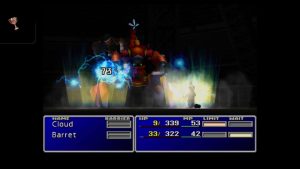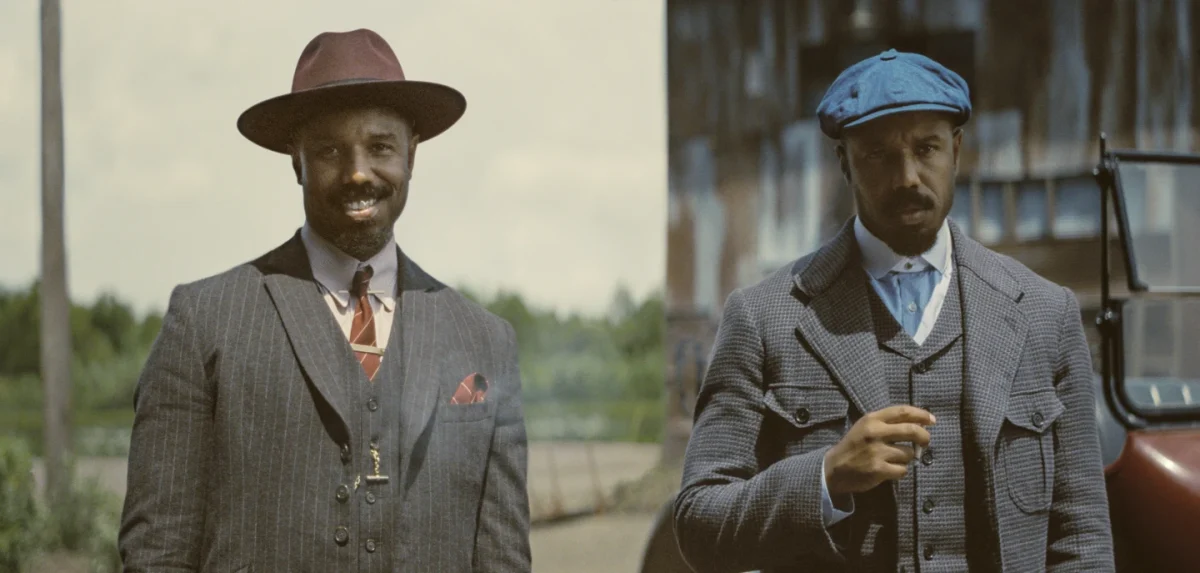From my earliest days, I have always enjoyed turn-based role-playing games. My love for them began with Pokémon Ruby on the Gameboy Advance. The art style, the “logic” based rock-paper-scissors gameplay (sure fire beats grass, but why does a bird beat a wrestler?) and the thrilling stories. Today, though, the Pokémon games are a bit too simplistic for my grown-up gaming tastes.
Enter Final Fantasy. These are games that one can pour anywhere from 80 to 1,000 hours into. Every story is unique, every game one-of-a-kind. I was first introduced to the series with Final Fantasy X-2. This sequel to Final Fantasy X (FF10) was an odd place for me to start. It was the first direct sequel in the series and was unique in its battle system. I was too young, probably ten or eleven, when I played it, and the game flew over my head. I’m pretty sure I beat, but I really can’t remember. I do remember liking the characters, Yuna, Riku and Paine, and the silly costume focused gameplay. The characters would have different abilities depending on which “dress-sphere” you equipped them with.

Over the last year, I began trekking through Play Station 1-era Final Fantasy games. I started with Final Fantasy IX (FF9). This game was the last of the PS1-era games and was an ode to all the games that came before it. And it was truly a great experience to play it. The characters, especially the Black Mage Vivi, had interesting character arcs that asked some rather poignant questions about loyalty, love and what it means to be alive. Unlike the other two PS1 FF games, FF9’s characters are based on a class-system. Vivi, for instance can only be a mage, while Zidane, a young man with a monkey tail, takes the role of the thief class. My favorite character is Stiener, a knight who acts as the comic relief and whose character asks the question of what the meaning of loyalty means. The game looks great on the remaster, although you may have to get used to the aesthetic of low-poly sprites running atop non-HD, hand drawn backgrounds. From there I played FFX, on the Play Station 2, Final Fantasy VIII (FF8) and Final Fantasy VII (FF7).
It took me two tries to get into FF8. Its magic system, called “Junctioning”, was controversial when it came out, and it requires an investment to understand. I ultimately took the time to learn the system, and it may be my second favorite magic system in a game. Unlike other magic systems, FF8 has single use spells that can be “drawn” or absorbed by enemies. These spells, acting more like battle items than traditional spells, were used to “junction” to a character’s stats. If you wanted to boost your strength stat, you had to junction a specific magic to it. Then there’s the Guardian Forces (GF) that act as summons and allow you to junction specific stats and each has to be individually junctioned to each party character. It is indeed as confusing as it sounds to the first-time player. And the in-game tutorials are terrible at explaining the systems. But, having said that, the system allows for the most control and mastery of any of the other magic systems presented in a Final Fantasy game.
Final Fantasy 8 is a tremendously fun game to play once you learn the junction system. The story involves a time-traveling sorceress trying to destroy the planet. You go to space and beat up aliens. The enemies, like all Final Fantasy games, make the game unique. The standout encounter is fighting a T-Rex in a Jurassic Park inspired training center. And it can wreck your day if you are unprepared for it.

But you want to fight it so you can get the item drops, Dino Bones, that can be turned into the strongest Earth magic, Quake. Junction this to strength and you’ll have an over-powered early game character party. I love it. The game is great, and the story and characters are awesome. Squall, the protagonist, is an edgy teen mercenary that wields a gun-blade (which is exactly what you think it is). A later addition to your party is Irvine, who seems to be modeled after a certain Australian security guard from a certain dinosaur-themed amusement park movie.
Lastly, Final Fantasy VII. This game is probably the most famous Final Fantasy game there is. The main protagonist Cloud Strife and the main antagonist Sephiroth have both been featured in the Super Smash Bros and Kingdom Hearts series. The twist at the end of Disc 1 (yes, these games were so big they had multiple discs) is one of the most famous plot twists in gaming history. Most gamers have some kind of personal history with this game. For me it was the Play Station Portable prequel Crisis Core and the superboss fight with Sephiroth in Kingdom Hearts.

Unlike modern Final Fantasy, these games had heart. They were earnest in their storytelling and showed a love to the characters and worlds that feel very absent from recent entries into the series. I played the FF7 remakes, Remake and its sequel Rebirth. Both games are about 80-100 hours long individually. And they both only cover the contents of the first disc in the original. What originally took 8-10 hours is now ten times as long. And it doesn’t have the same earnestness as the original. The remakes are this terrible hodgepodge of meta narrative rewriting and fan service that pale in comparison to the low-poly heart of 1997.
I love these games. And anyone that has the ability should play them. The remasters are on the PS Store and steam. Try them. I recommend starting with FF9, only due to its polished state and straight-forward magic system. It is the most accessible for the casual gamer.








Ed • Dec 15, 2024 at 12:48 am
Final Fantasy Tactics was the best though.